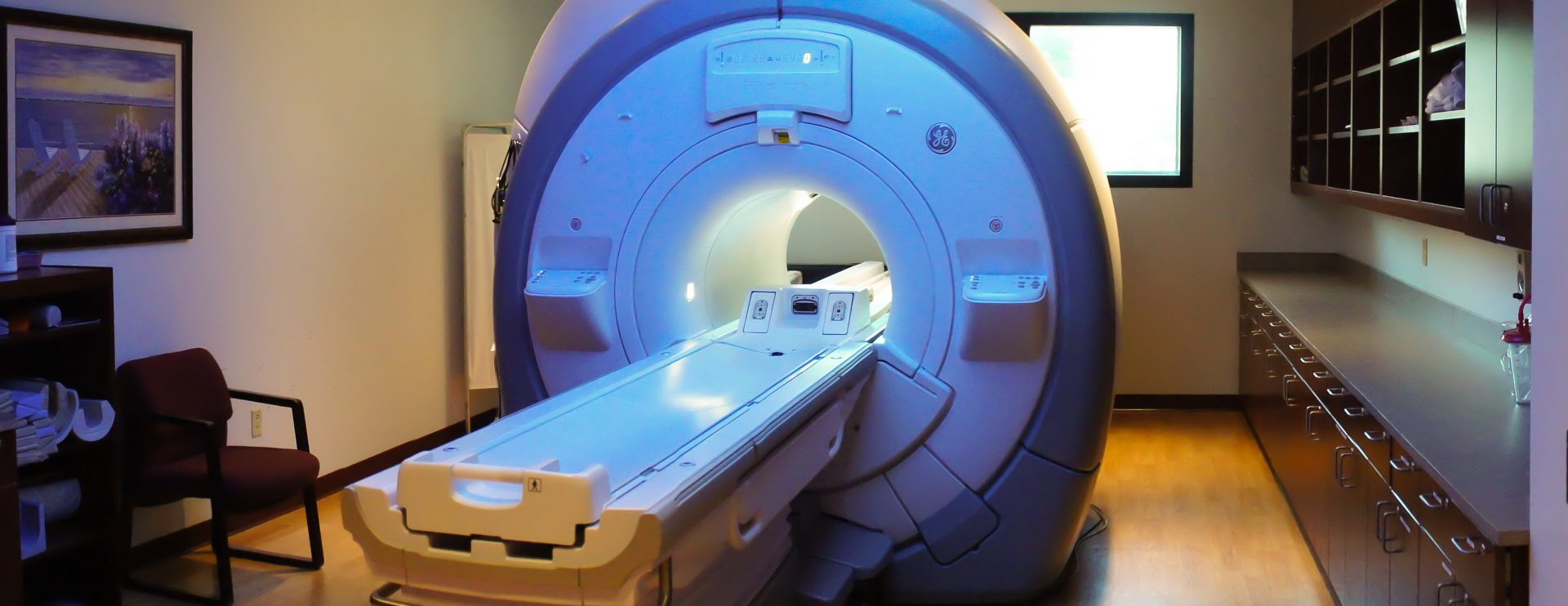November is National Diabetes Month, and with 1 in 10 people diagnosed with diabetes in the United States, chances are you know someone affected by this disease. That’s more than 30 million people in the United States living with diabetes, and another 84 million adults are at an elevated risk for developing type 2 diabetes.
Diabetes is a leading cause of death and disability in the United States, causing kidney disease, nerve damage, blindness and other health problems if it is not well controlled. If you are living with diabetes, there are many things that you can do to control complications, and progression of this disease.
If you are a caregiver to someone with either type 1 or type 2 diabetes, you can play a vital role in helping them to maintain healthy habits for a longer, healthier life.
Type 1 Diabetes Occurs in Children and Adolescents
You may have heard about the two types of diabetes, and wonder exactly what they mean. Type 1 diabetes occurs in children and adolescents, and is rare occurring in only 5% of the people diagnosed with diabetes. Symptoms usually occur before the age of twenty, but can happen at any age.
Symptoms of Type 1 diabetes include:
- excessive urination which is how the kidneys attempt to get rid of excess sugar in the blood
- excessive thirst which occurs when the body depletes fluids from frequent urination
- losing weight without trying which occurs from dehydration and from losing sugar cells in urine rather than the body using them
- increased hunger which happens when your body isn’t using all calories available due to flushing them out in urine
- extreme fatigue which also occurs from your body not using all available calories
- blurry vision which occurs when sugar builds up in the lens of your eye
If you notice these symptoms in your child or adolescent, be sure to see a doctor immediately. There is no way to prevent Type 1 diabetes, but there are many things you can do to control it and prevent serious complications like ketoacidosis.
Ketoacidosis is a life-threatening condition that occurs when cells cannot get sugar for energy due to a lack of insulin. If sugar cannot get into cells, it stays in the blood where the kidneys filter some of it out in urine. When cells do not have sugar for energy, the body starts to break down muscle and fat for energy, causing ketones, or fatty acids, to enter the bloodstream. This imbalance in the bloodstream is called diabetic ketoacidosis, and requires immediate medical attention.
Type 2 Diabetes Typically Occurs Later in Life
Type 2 diabetes typically occurs later in life, although an alarming upwards trend of obesity in children is putting our youth at great risk for developing this preventable disease. People at high risk for diabetes can reduce that risk by more than 50% with healthy changes in diet and exercise.
Type 2 diabetes occurs when the body does not produce enough insulin, or when the body does not respond to the insulin produced, causing a buildup of sugar levels in the blood stream. Like Type 1, the symptoms are similar with increased thirst and urination, tiredness and blurry vision, although many people will have prediabetes and not even know it. In fact, about 86 million people in the US over the age of 20 have prediabetes, which can be diagnosed with different blood tests.
Healthy Habits Help to Prevent Diabetes
If you or a loved one are at risk for diabetes or living with prediabetes, there is time to make healthy changes that can ward off this disease and prevent it from developing into a chronic condition. The most important things that you can do are to eat healthy foods, stay active with exercise and watch your weight.
Be sure to get regular checkups, have your blood pressure and cholesterol checked and talk to your doctor about the risk of diabetes.
Check out these holiday mean plan options from the American Diabetes Association for some delicious recipes you can share with your loved one over the holidays.
Your friends at Greater Waterbury Imaging Center care about your health the health of your loved ones. Be sure to stay active, eat a healthy diet and watch your weight to prevent type 2 diabetes, and continue to support your loved ones with healthy habits. Contact us for all your medical imaging needs.



